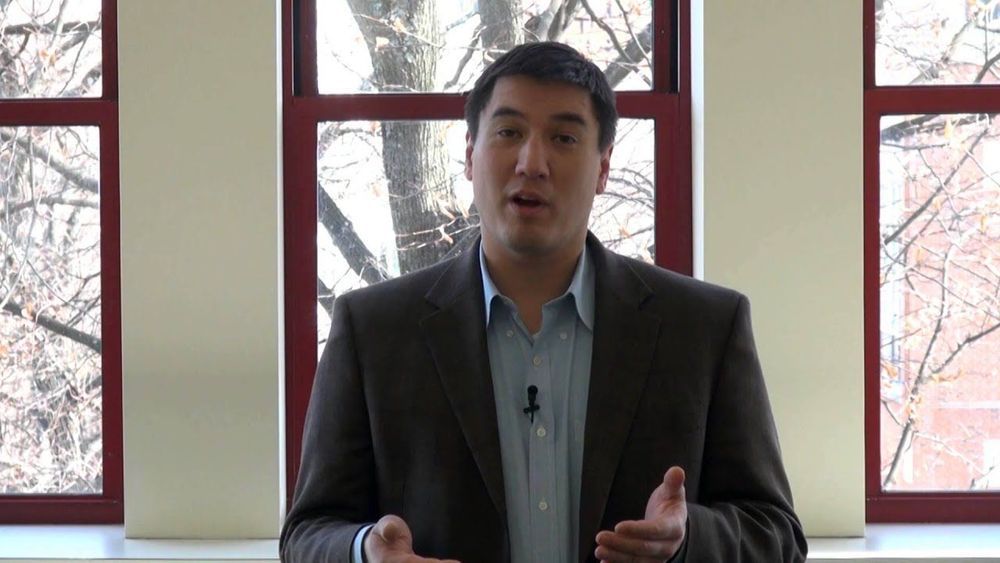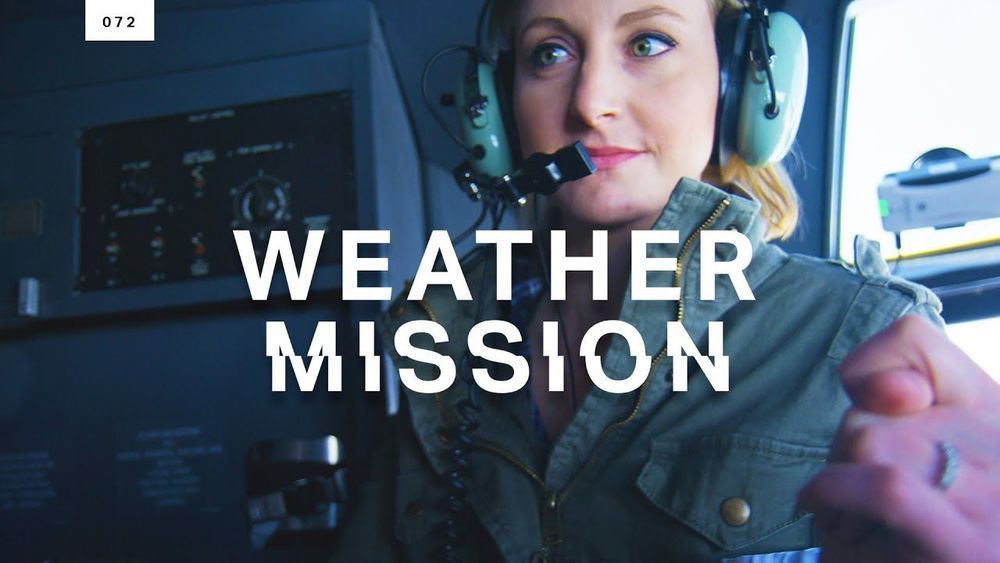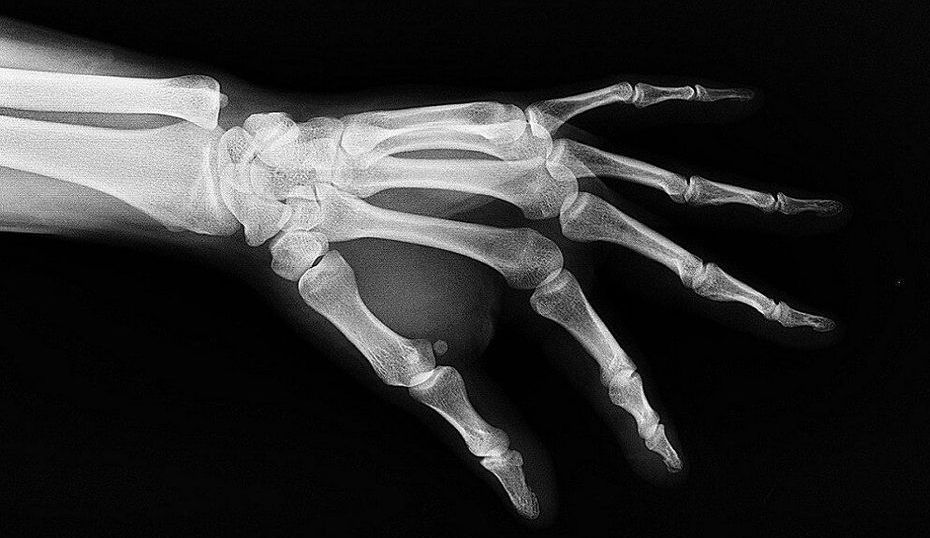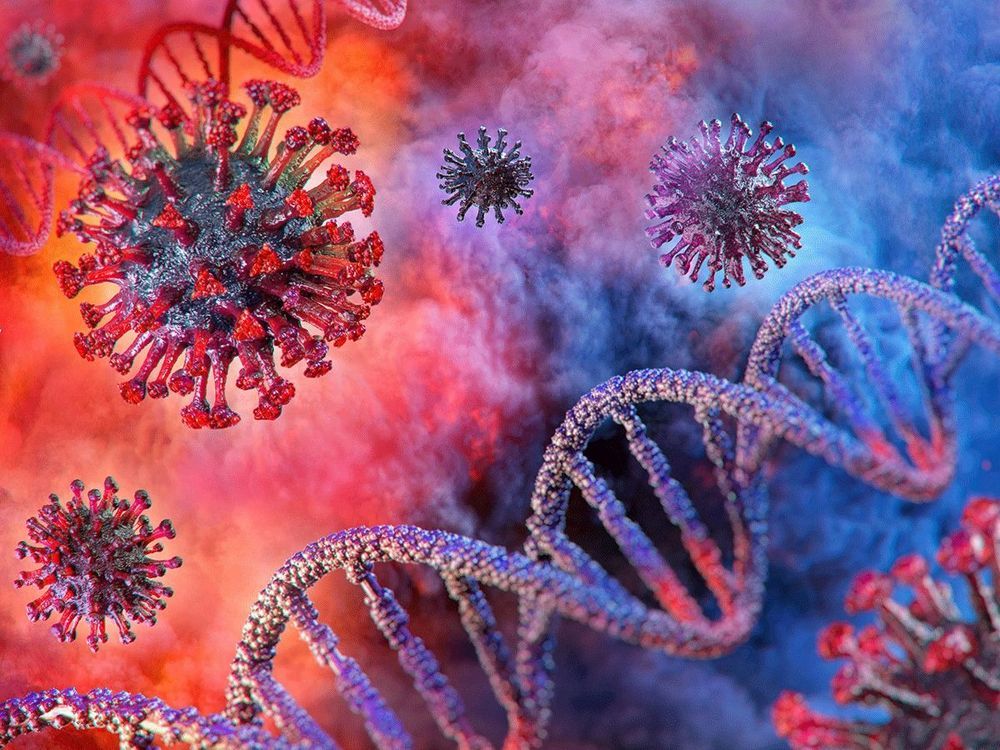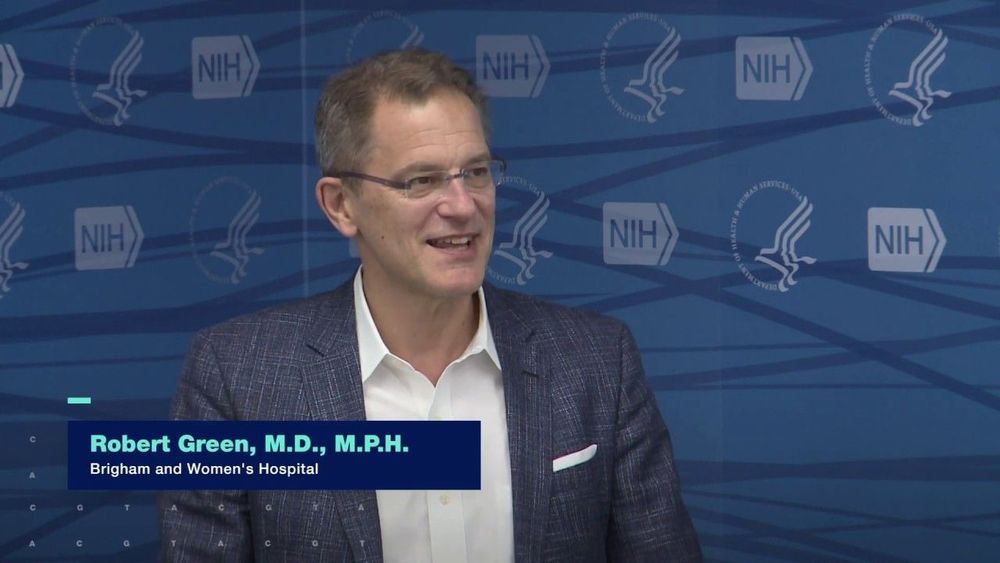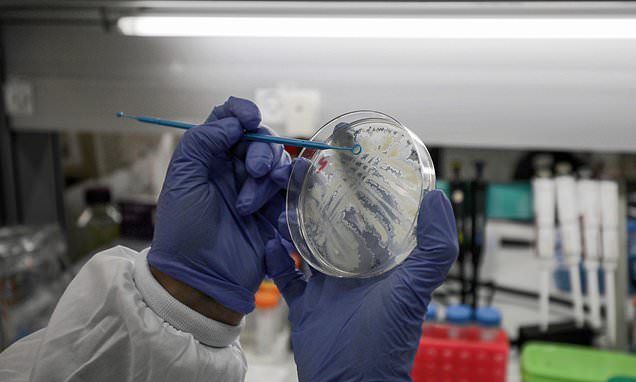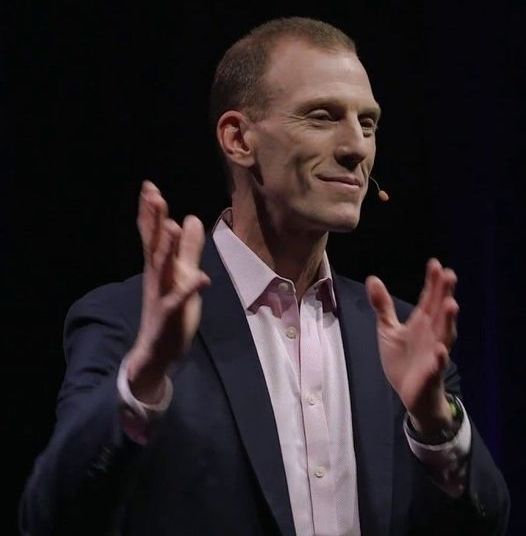Avigan was developed as a flu medicine and also has been used for Ebola virus disease (EVD) treatment. EVD, which causes fatal hemorrhagic fever, resulted in more than 11,300 deaths in the West Africa region between 2014 and 2016. There is currently another outbreak in the Democratic Republic of Congo that has seen more than 2,000 fatalities to date.
HONG KONG – Fujifilm Holdings Corp. stock (TYO:4901) jumped 8.8% to ¥5,890 (US$53.48) on Feb. 25, as Japan considers using Avigan (favipiravir), an anti-influenza medication developed by the company’s Toyama Chemical Co. Ltd., to treat COVID-19. The share price ended the day at ¥5,567, for a gain of 2.83%.
The medication attracted market attention when Minister of Health, Labor and Welfare Katsunobu Kato said on Feb. 22 that the country is planning to test Avigan against COVID-19. “We hear from foreign countries that some drugs among those that have been used against influenza may be useful,” Kato said.
As of Feb. 25, more than 850 cases have been confirmed in Japan.

